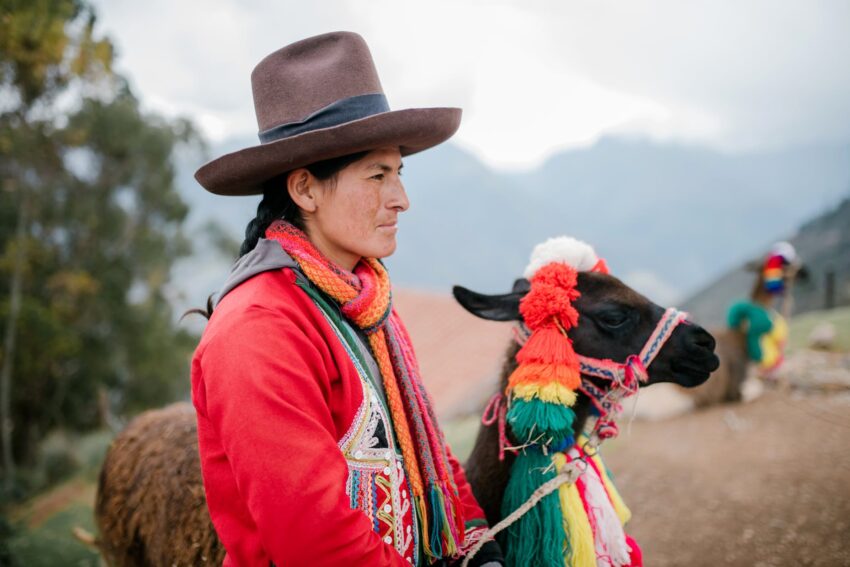The roots of shamanism, one of the oldest healing traditions, mine deep into our collective human history, highlighting the substantial role held by psychedelic plants in indigenous cultures. This article seeks to explore the intricate relationship between shamanism, psychedelics, and the preservation of cultural wisdom.
For generations, shamanism has been widely acknowledged and utilized across all continents, from the Siberian steppes to the Amazon forests. Often termed as spiritual guidance and healing, this practice is closely linked to the use of sacred plants, which revered as a potent source of healing and spiritual experiences.
The primary aim of these ceremonies is not the psychedelic experience itself but the potential spiritual and therapeutic benefits that emerge, leading to profound healing and transformation source. This ancestral wisdom weaves together the fabric of shamanic practices, imbuing them with a rich cultural history and a deep respect for the natural world.
Psychedelics, or ‘plant medicine’, have been traditionally used in sacred ceremonies and rituals. These plants, regarded as entities with a distinct spirit, guide individuals through a profound introspective journey, aiding in everything from self-discovery to profound healing. Furthermore, they are crucial in connecting with the spiritual realm and accessing ancestral wisdom which shamans perceive as essential for healing.
One of the most common forms of plant medicine is Ayahuasca, a brew concocted from two Amazonian plants, used extensively in indigenous cultures in South America. The ritualistic consumption of Ayahuasca under the watchful eye of a shaman is considered a transformative journey, offering insights into the nature of existence and the self source.
Similarly, the use of Peyote within Native American cultures demonstrates deep-rooted spiritual significance. Peyote ceremonies typically involve group participation, singing, and sometimes physiologically punishing experiences. These rituals encourage personal introspection and communal bonding, thereby fostering social harmony and spiritual enlightenment source.
However, the burgeoning interest in psychedelic experiences, particularly from Western societies, emphasizes the importance of cultural preservation. It’s essential to respect these sacred plants and the rituals around their use, rather than commodify them for recreational pleasure. The decoupling of shamanic practices from their cultural roots detracts from their potency and is considered sacrilegious by many indigenous cultures source.
Shamanism serves as a testament to the long-standing relationship humans have had with nature and its healing traditions. The use of psychedelics within this scope revolves around a profound respect for these plants and their potential to facilitate transformative experiences.
To understand shamanism and indigenous practices with psychedelics, it’s imperative to appreciate the vastly intricate network of knowledge and wisdom inherited from generations past. These practices are not merely about altered states of consciousness, but propose a holistic approach to healing and personal transformation. Exploring this vast and rich terrain continues to provide captivating insights into the human experience and our role within the broader, interconnected weave of life.
In conclusion, shamanic practices, and their application of psychoactive plants, showcase an intricate interplay of spirituality, healing, and cultural preservation. As we venture into the age of increasingly clinical approaches to healing, such practices remind us of the integral role of nature, community, spirituality, and ancestral wisdom in fostering holistic well-being.
